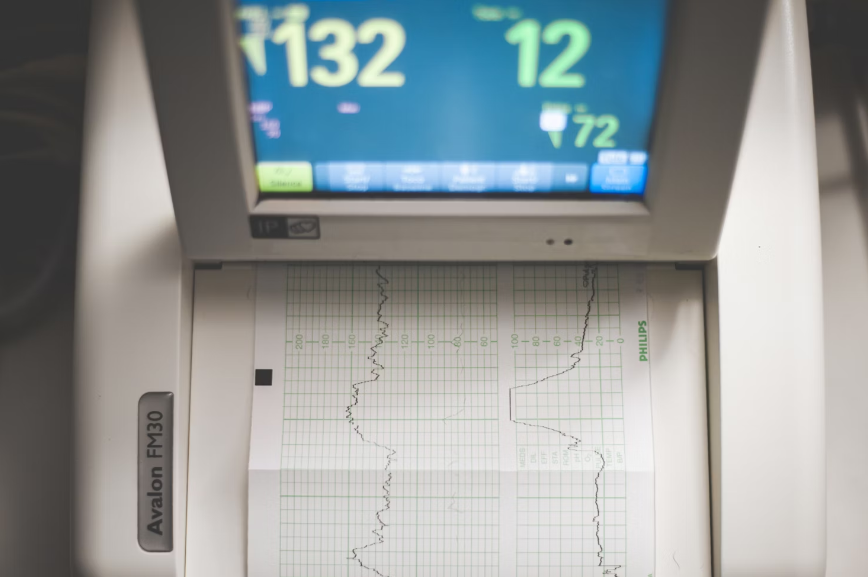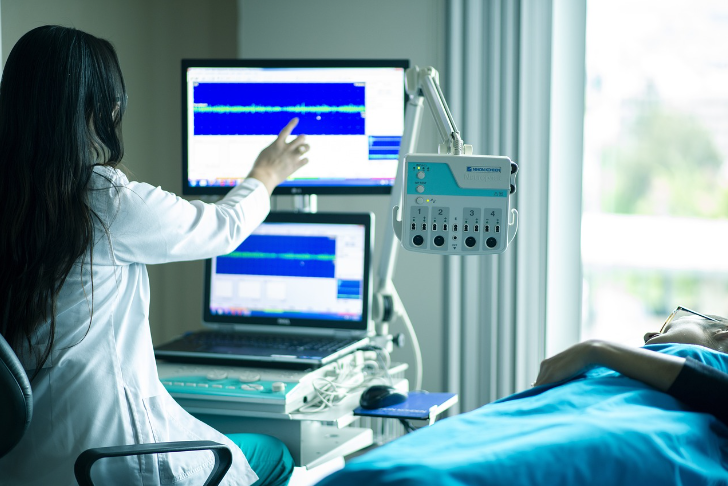Hey there! Ever wondered about the gadgets and machines that make modern healthcare tick? Let’s dive into the world of biomedical equipment—those ingenious tools that diagnose illnesses, treat conditions, monitor vital signs, and support patient care in hospitals and clinics everywhere.
What is Biomedical Equipment, Exactly?
So, what’s the deal with biomedical equipment? Simply put, it’s a diverse range of devices used in healthcare settings to help doctors do their thing—whether that’s scanning your insides, keeping your heart beating, or helping you breathe easier.
The Building Blocks of Biomedical Equipment
These nifty gadgets are more than just metal and plastic. They’ve got:
- Sensors and Detectors: These bits detect stuff like your heart rate, blood pressure, and oxygen levels.
- Control Systems: Think of them as the brains behind the operation, making sure everything runs smoothly.
- User Interfaces: The buttons and screens where doctors and nurses work their magic.
- Power Sources: Because even high-tech gear needs juice to keep going.
Taking a Closer Look at Diagnostic Equipment
Ever been for an X-ray or an ultrasound? Here’s how these tools help:
- X-ray Machines: Snap pics of your bones and tissues, helping spot breaks and other issues.
- Ultrasound Devices: Use sound waves to peek inside, perfect for checking on babies or your heart.
- CT Scanners: Like a 3D X-ray, they show detailed slices of your insides, great for finding tumors or injuries.
- MRI Machines: Magnet magic that creates super-detailed images, essential for brain and soft tissue problems.
Tools That Heal: Therapeutic Equipment
When treatment is needed, these devices step up to the plate:
- Defibrillators: Zap your heart back to normal when it’s doing the cha-cha instead of the waltz.
- Infusion Pumps: Deliver fluids and meds through a needle in your vein, keeping you hydrated and medicated.
- Dialysis Machines: Clean your blood when your kidneys need a little extra help.
- Ventilators: Breathe for you when your lungs need a break, crucial in intensive care units.
Keeping an Eye on Things: Monitoring Equipment

Monitoring your body’s vital signs is key to staying healthy:
- ECG Monitors: Track your heart’s electrical activity, helping spot heart issues like irregular beats.
- Pulse Oximeters: Measure how much oxygen is in your blood, vital for checking your lungs.
- Blood Pressure Monitors: Keep tabs on your blood pressure, important for heart health.
- Holter Monitors: Stick-on gadgets that record your heart’s rhythm over a day or more, useful for catching those sneaky problems.
Tools for Precision: Surgical Instruments
When surgery’s on the cards, these tools make sure it’s done right:
- Surgical Robots: Assist surgeons with precise movements, making surgeries less invasive and more accurate.
- Anesthesia Machines: Put you to sleep safely so doctors can work without you feeling a thing.
- Endoscopes: Tiny cameras on flexible tubes that let doctors peek inside your body without major cuts.
- Lasers: Beam-focused light that cuts, zaps, and heals with incredible precision, minimizing damage and recovery time.
Support When You Need It: Support Equipment
Getting around in the hospital can be tough—these devices make it easier:
- Hospital Beds: Not just for sleeping—they’re adjustable to keep you comfy during treatment.
- Wheelchairs: Help you move around when walking isn’t an option.
- Patient Lifts: Lift and move you safely between your bed and other places.
- Walking Aids: Things like crutches or walkers that help you get back on your feet after surgery or injury.
Keeping It All Running: Maintenance and Safety
Making sure everything works as it should and keeps you safe:
- Regular Maintenance: Like cars, these machines need check-ups to stay in tip-top shape.
- Safety Regulations: Rules that make sure everything’s safe for you and your doctors.
- Training for Staff: Making sure doctors and nurses know how to use these gadgets safely.
Tech That’s Changing the Game: Technological Advancements
How modern tech is making healthcare even better:
- AI and Machine Learning: Smart computers that help diagnose and treat you faster and more accurately.
- IoT Applications: Gadgets that talk to each other to keep an eye on your health, even when you’re at home.
- Wearable Medical Devices: Think Fitbits for your health—gadgets that watch your heart, blood, and more, all day long.
Challenges and What’s Next: Future Trends in Biomedical Equipment

What’s on the horizon for healthcare tech:
- Tech Updates: Keeping these gadgets up-to-date so they’re always working their best.
- Data Security: Keeping your private medical info safe as more gadgets go online.
- Future Trends: What’s next? More personalized care, more robots, and even more ways tech will help keep you healthy.
In Conclusion
Biomedical equipment isn’t just cool—it’s vital for giving you the best care possible. From machines that take pictures of your bones to gadgets that help you breathe, these tools are the unsung heroes of hospitals everywhere. If you need any assistance with this equipment, please feel free to contact us.
